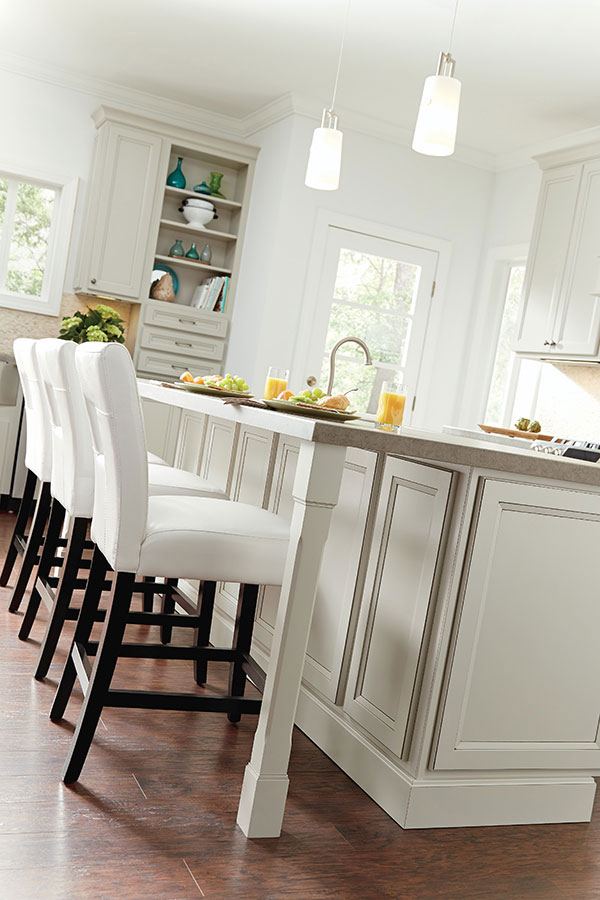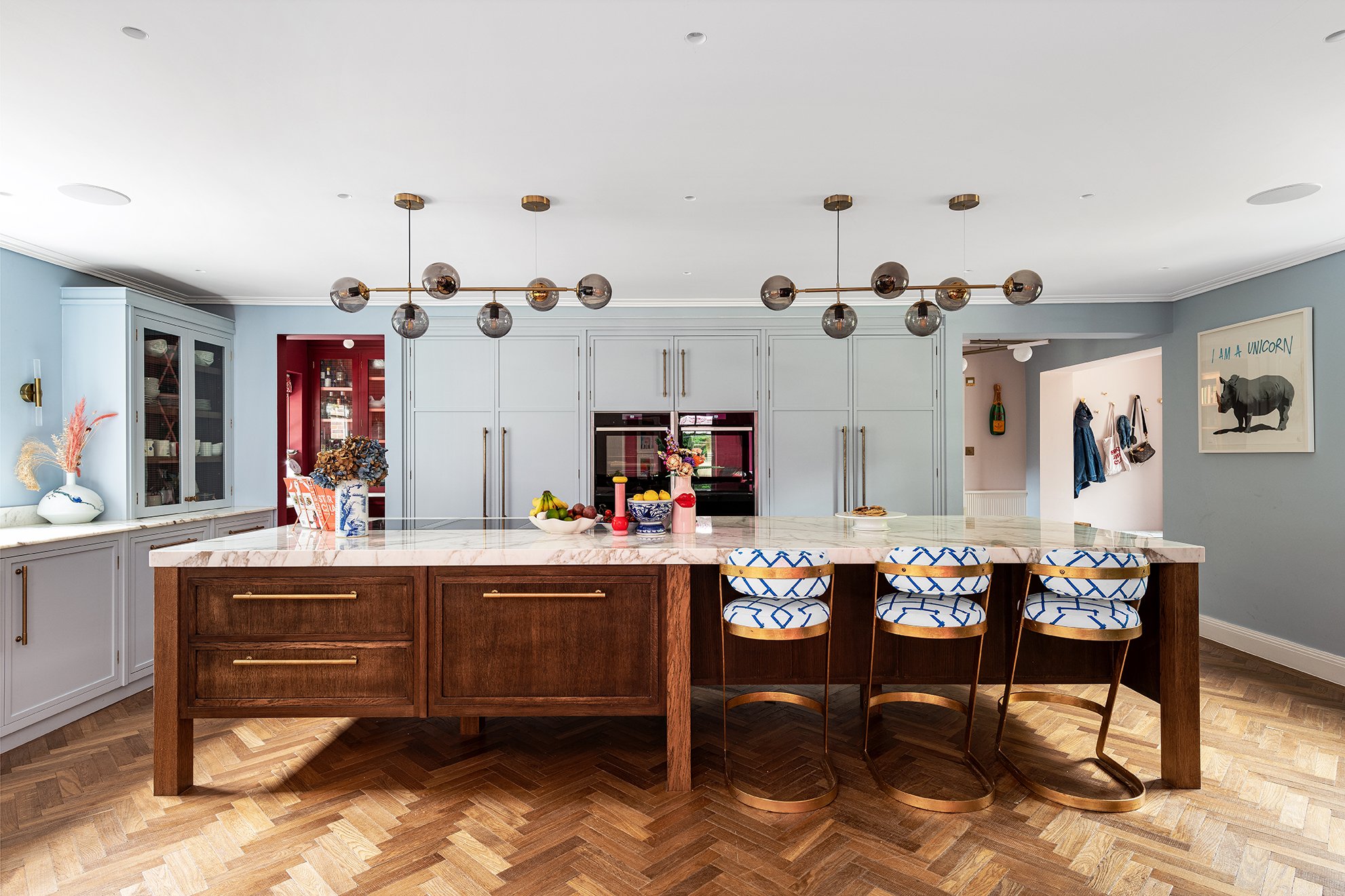Resilient Wooden Kitchen Island Legs for Your Home Remodel
Vital Tips for Choosing the Perfect Table for Your Kitchen Area
Picking the ideal eating table for your kitchen area is more than just an issue of preference; it necessitates an extensive understanding of your room and requirements. The shape of the table plays a crucial function; while rectangular tables match larger areas, rounded ones foster intimacy, and extendable choices use versatility. The table needs to harmonize with your kitchen area's visual appeals and suit your family comfortably.
Procedure Your Room
Selecting the suitable eating table begins with a meticulous analysis of your readily available space. This foundational step makes sure that the table not just fits comfortably within the space yet additionally complements the overall design and capability of your eating location. Begin by measuring the dimensions of the room, taking into consideration doorways, windows, and any type of existing furnishings. This will certainly aid you determine the maximum allowable dimension for your table.
It is necessary to leave ample space for chairs to be pulled out and for individuals to relocate around the table without blockage. A general policy of thumb is to enable at least 36 inches of clearance from the edge of the table to the local wall or item of furniture.
In addition, think of the number of people you normally entertain and whether you need additional area for visitors. Going with an extendable table can supply versatility, allowing you to fit varying numbers of diners. By accurately gauging your area, you prepared for choosing an eating table that enhances both the looks and functionality of your dining location.
Choose the Right Shape

On the other hand, round tables are outstanding for smaller sized kitchens or intimate gatherings, as they promote conversation by permitting everyone to encounter each other. They also supply a feeling of coziness and can fit well in tighter areas as a result of their lack of sharp edges. Oblong tables provide the most effective of both globes, combining the length of rectangular tables with the intimacy of round ones, making them functional for numerous settings.
Square tables are one more choice, especially matched for square-shaped areas. They develop a modern-day and in proportion look, promoting an equal eating experience for all seated.
Product Factors To Consider
When selecting an eating table, material factors to consider are vital in identifying the table's resilience, upkeep requirements, and overall visual. Wood is a timeless option, supplying timeless allure and toughness.
Glass-topped tables provide a contemporary, sleek appearance and can make a room show up larger due to their openness. They call for frequent cleansing to avoid fingerprints and smudges. Furthermore, toughened up glass is suggested for its extra toughness and security.

Finally, composite materials like MDF (Medium-Density Fiberboard) or plywood are budget-friendly options. These products can simulate the appearance of strong wood yet might not provide the very same durability. They are typically easier to tidy but can be at risk to water damages if not properly sealed.
Ultimately, the option of material must align with your cooking area's design, your lifestyle requires, and your budget restrictions. (kitchen island legs)
Seats Capability and Convenience
Exactly how do you establish the right seating capacity and comfort for your eating table? For a family members of 4, a rectangle-shaped table of 48 inches long or a round table with a 48-inch diameter is typically adequate.
Convenience is just as essential. The height of the table ought to preferably be around 30 inches, giving a well balanced ergonomic stance for seated diners. Chairs should have a seat height of 18 to 20 inches to guarantee a comfy eating stance. Furthermore, think about the chair style; encouraging back-rests and upholstered seats can boost eating convenience dramatically, specifically throughout long term meals.
Style and Appearance
Picking a dining table that matches your design navigate here and aesthetics involves stabilizing individual taste with the existing decor of your eating room. The eating table is often the focal point of the cooking area, and its style ought to complement the total style of the space. Whether your kitchen area boasts a modern-day, minimalist look or a rustic, farmhouse beauty, the table you select ought to harmonize with these components to develop a cohesive and inviting ambience.
Think about materials meticulously; timber offers a timeless allure and can range from abundant mahogany for a standard look to lighter oak for a modern feel. Steel and glass tables, on the other hand, can introduce a click for more smooth, industrial side to your kitchen. Do not neglect the table's shape-- rectangle-shaped tables are traditional and versatile, while round and oblong choices can cultivate a much more intimate eating experience.
Additionally, pay very close attention to details and finishes. A troubled finish could add character and heat, whereas a glossy surface area can add to a clean, modern-day aesthetic. Eventually, your eating table must not only in shape seamlessly into your cooking area's design however additionally reflect your individual style, boosting the space both functionally and aesthetically.
Conclusion
To conclude, selecting the excellent table for a cooking area necessitates careful evaluation of room, shape, material, seating ability, and visual consistency. Guaranteeing a minimal clearance of 36 inches helps with comfortable motion, while the choice of shape improves spatial characteristics. Product option impacts toughness and layout, making it vital to align with the kitchen's general visual. Eventually, an appropriate table cultivates a welcoming environment and fits the house pleasantly, thus enhancing the dining experience.

When picking a dining table, material considerations are extremely important in identifying the table's longevity, maintenance needs, and general visual. For a family of 4, a rectangle-shaped table of 48 inches long or a round table with a 48-inch size is typically enough.
Don't ignore the table's form-- rectangle-shaped tables are traditional and flexible, while round and oblong options can foster a much more intimate dining experience. kitchen island legs.